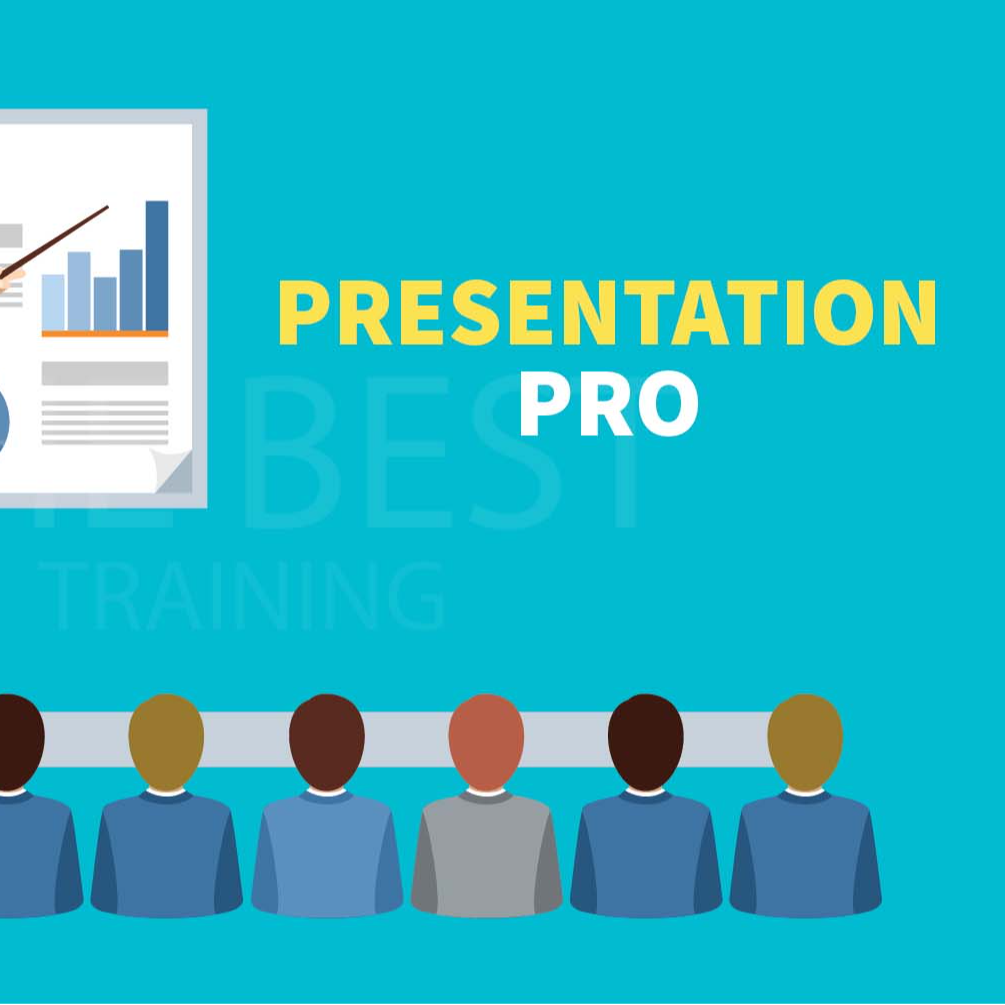Discover All Courses on Talentvis Academy

หลักสูตร การใช้ Canva เพื่อการทำงานอย่างมี...
1 Day
All Level
Offline
Friday, 14 November 2025 10:00AM
THB 4,200.00/ pax

Techniques for Professional Purchasing Str...
1 Day
All Level
Offline
Wednesday, 19 November 2025 10:00AM
THB 4,800.00/ pax

Techniques for Professional Purchasing Str...
1 Day
All Level
Offline
Wednesday, 04 February 2026 10:00AM
THB 4,800.00/ pax



Effective Negotiation & Persuasion
1 Day
All Level
Offline
Wednesday, 17 December 2025 10:00AM
THB 4,800.00/ pax

Problem Solving & Decision Making
1 Day
All Level
Offline
Friday, 14 November 2025 10:00AM
THB 4,800.00/ pax

Problem Solving & Decision Making
1 Day
All Level
Offline
Friday, 06 March 2026 10:00AM
THB 4,800.00/ pax

High Impact Communication & Relationship
1 Day
All Level
Offline
Wednesday, 03 December 2025 10:00AM
THB 4,800.00/ pax

Showing 21 to 30 of 74 entries
Showing to of entries
Showing to of entries



